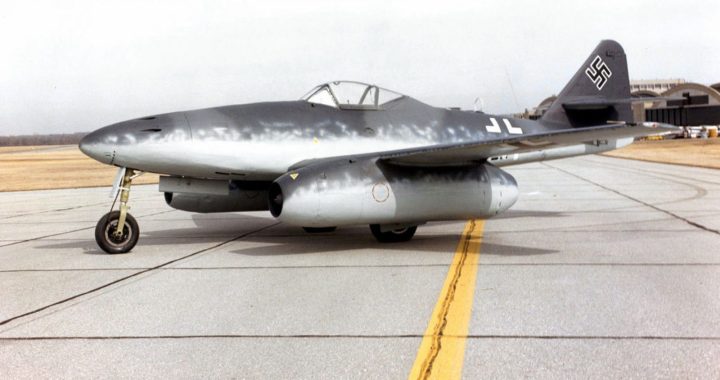Amazing facts about Messerschmitt Me262; The World’s First Operational Jet Fighter
The Messerschmitt Me262 or more commonly known by its nickname “Schwalbe” is the world very first operational jet-powered fighter aircraft. It is the first of the Fighter-Bomber class. The design work for this aircraft started before World War II. However, the design had many problems related to its engine and metallurgy which kept interfering with … Continue reading Amazing facts about Messerschmitt Me262; The World’s First Operational Jet Fighter
0 Comments
